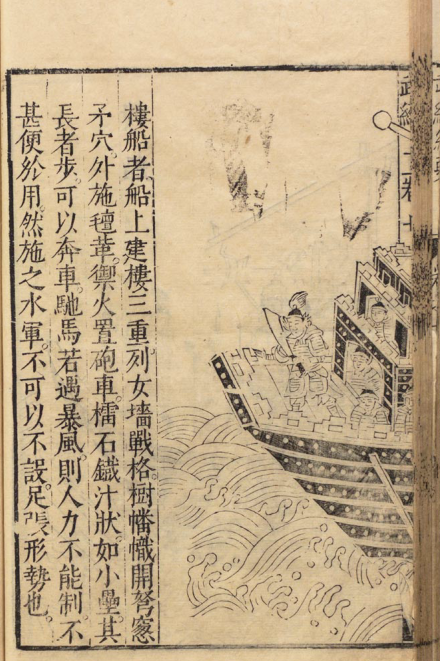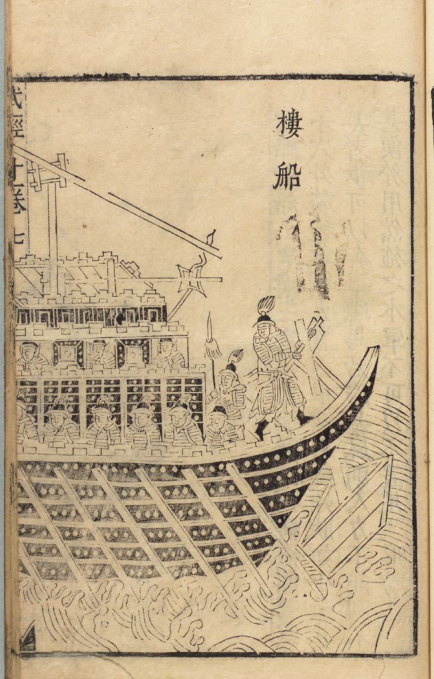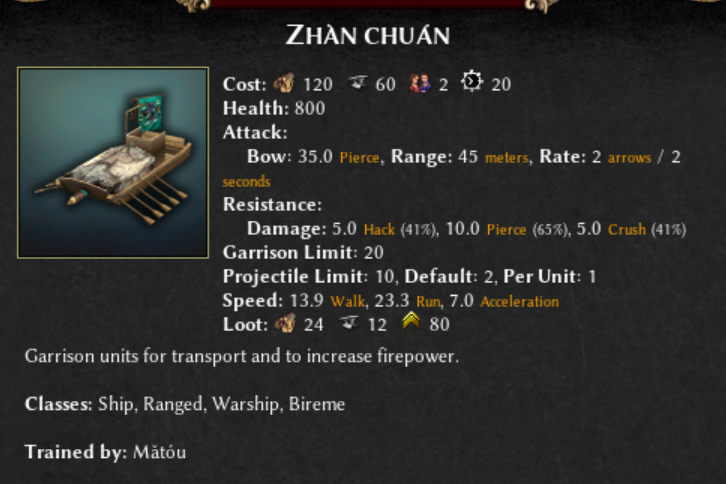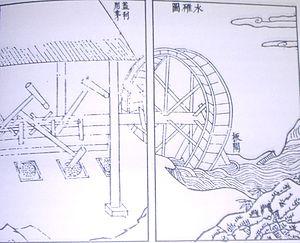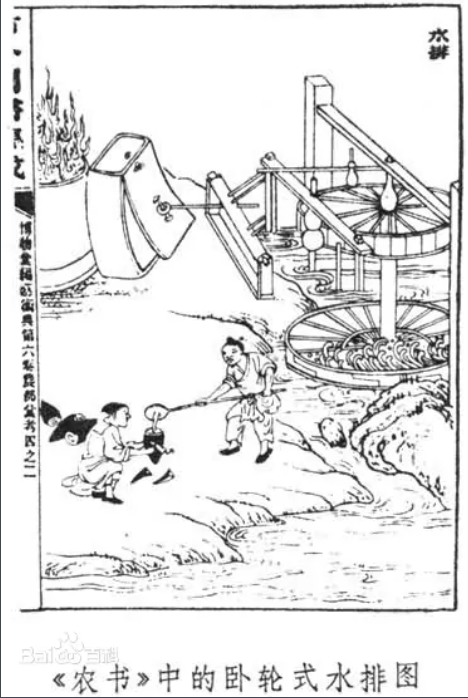-
Posts
937 -
Joined
-
Last visited
-
Days Won
10
Everything posted by AIEND
-
-
The illustrations in the Ancient China section of Osprey Publishing are notorious in China and we do not recommend referencing them at all.
-
Chinese history does not have this kind of ship, Chinese warships to the enemy ship impact, generally is the use of the ship volume height difference for "冲犁chongli", that is, similar to modern icebreakers to destroy the ice way to destroy the enemy ship.
-
At the end of the Han Dynasty, this animal was close to extinction, but at the beginning of the Han Dynasty, there were still distributions in the middle and lower reaches of the Yellow River and the Yangtze River.
-
In a sense, when the game has Persian, Seleucus, and Ptolemy appearing at the same time, the era division has been broken.
-
There should be newer research by now, but unfortunately I can't find it.
-
I can only find the climate distribution map of modern China, but I haven't found the ancient one, only this map of temperature changes from ancient times to the present.
-
Chinese people generally do not take the first year of AD as a dividing point to cut history. We are more concerned about how to choose a time point for "great powers coexisting side by side". Parthia, the Roman Republic, and Seleucid coexisted at the same time as Han and Xiongnu. , which is sufficient.
-
We generally divide it according to climate zones, such as the most widely distributed temperate monsoon climate and subtropical monsoon climate, which affects the distribution of many animals and plants. For example, bamboo that can be seen everywhere in South China is rare in North China. But what I want to talk about is other creatures, such as elephants, rhinos and crocodiles. Now the former two are close to extinction in China, but they were still distributed in most of China during the Han Dynasty. The armor made of rhino leather has been used for a long time.
-
Regarding the continuity of the distribution of civilizations, the Asian factions should be enriched, such as adding Parthia and Kushan, because they are the hub connecting Mesopotamia, Turan, India, China, and now directly from the Mediterranean countries to the Pacific Ocean Coastal countries, the span is too large. Existing games feel like Han and Xiongnu are more of a "mysterious and exotic land from afar," as does Zapotec.
-
I want to emphasize one point about climate change, especially ancient China was warmer and wetter than it is now. Northwest China, which is now considered to be an arid region, used to have large forests. If we make ancient maps, this must be paid attention to.
-
Do I need to read the topic in full?
-
Unfortunately I can't read these videos in English.
-
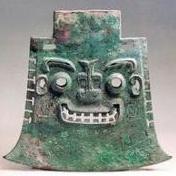
Forgotten temple Skirmish [v 2 (4 players)]
AIEND replied to Lion.Kanzen's topic in Scenario Design/Map making
This 4-player map with complex terrain looks interesting. -

The problem of resource exchange in the market
AIEND replied to AIEND's topic in Gameplay Discussion
I have to sigh that there are so many necessary designs that have been considered in the past but are not added to the alpha, but only exist in the form of patches and mods. -
If the Physician's cost is high, they should not need to upgrade technology to have the most complete healing power, because the high cost should mean that it is a "complete" unit. Conversely, if the unit itself is cheap, it should be more expensive to upgrade the technology, because at this time the technology is used to supplement the unit. In short, either put the cost on the unit, or on the upgrade technology.
-
I didn't pay much attention to it before. I played AoE2 DE today and found that the exchange of various resources in the 0 AD market is basically barter, and there is no concept of currency intermediary. We can directly exchange food for wood, and It's not about exchanging food for metal first and then exchanging metal for wood. This may be because there are no coins in the game, but only metal resources, but in fact, metal resources are similar to coin resources in other RTS. I think it is still necessary to emphasize the status of metals as scarce resources and let them be in the resource exchange. role as a medium. At the same time caravans and merchant ships should also only bring in the benefits of metals. I'm now wondering what files need to be edited to make the resource exchange AoE-like?
-
Indian
-
Regarding the characteristics of archers, I think this should be given to multiple countries as a faction characteristic, such as Persia, Kush, Magadha and later Han. One question is how to avoid the similarity between Persia and Seleucus. Persia has many characteristic units, such as Scythe Chariot and cataphract, which are very distinctive compared to the Greek states in the Balkans, but these Seleucus also have them, Persia looks like It's a bit like the predecessor of Seleucid, if it weren't for the colonial setting, there are too many similarities between the two in terms of units, which even makes me feel that it is not as good as making Parthia.
-
I think from the perspective of resource extraction, first of all, this must be combined with the model of the new large mine, otherwise it will still look awkward to build a warehouse next to a well.
-
Maybe this makes the resource types in the game more complicated, after all Command & Conquer only has two resources: money and electricity, but I still like the idea, because if you just design a resource that is provided by trickle, it will be the same as Other resources are very homogeneous, and the meaning of adding new resources is very weak.
-
These are not drinking or irrigation water, but using hydraulic power, which is very interesting. In the Han Dynasty, there were also "水碓shuidui" for husking grains and "水排shuipai" for blasting iron.


